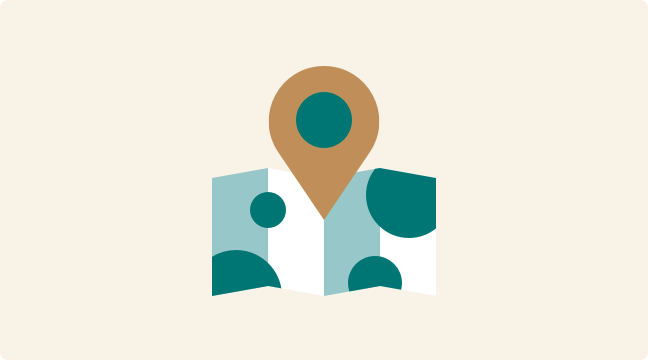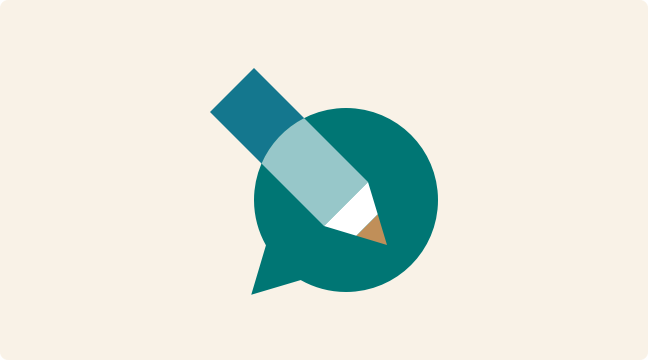September 17
All You Need To Know About Bilocation—and Beyond!
The term ‘bilocation’ has a rather broad and confusing concept associated with it, as many think it means having physical bodies in two places at once. This notion derives from accounts and stories of historical figures said to have mystical powers appearing at two places around town simultaneously. However, in the context of meditation, bilocation takes on a different meaning. When we talk about the concept of bilocation at the Monroe Institute, or when I bring it up in reference to my meditation, we’re referring to having your attention on two parts of your total self at one time. This generally means being focused on both your physical body and your nonphysical body as you go off exploring the nonphysical world.
If you’re new to the world of bilocation, the Expand app features an excellent exercise by Luigi Sciambarella that covers it perfectly. It offers a seamless way to accomplish bilocation, as it guides you on a normal meditative journey, and as you go deeper into nonphysical realms, provides a reminder to check in with your physical body, as well. By experiencing the nonphysical realm of your meditation while also checking in on the physical sensations of your body, you can train your mind to focus on two things simultaneously, which opens another level of awakening, another form of connection to your total self that makes you feel much more in touch with your iThere and the world around you.
But you can take this concept even further! I’d like to share an excerpt from my journal that I kept when I took Starlines Virtual Retreat. I experienced not one but two visual journeys within my meditation at the same time. What do I mean? Let’s reference an excerpt from my journal:
When we talk about the concept of bilocation at the Monroe Institute, or when I bring it up in reference to my meditation, we’re referring to having your attention on two parts of your total self at one time. This generally means being focused on both your physical body and your nonphysical body as you go off exploring the nonphysical world.
“We were meditating on the concept of being deep in space, collecting pieces of our iThere, pieces of our existence that may have been left behind over our vast timelines. During this particular meditation, I saw a scene. I watched a woman living her life vividly, and then I moved on to another part of the meditation to experience something else, but part of me stayed behind. Somehow, the first scene kept playing in my head, and as if on a split screen, as I moved on to the next thing, the other part of me kept going. So, I watched—no, not just watched, experienced—the stories of two different people play out at the same time. It felt like watching a split-screen movie, except I was able to feel immersed in both experiences.
I felt both energies, both contrasts, at the same time and lived in both worlds simultaneously—a new skill I am just floored, mesmerized, and confused by. It made me feel divided yet whole. Perhaps this is what it truly means to be many facets of an existence. I see how the many parts of my iThere all exist at once yet what matters is where I direct my attention at any given time.”
As you can see, I accidentally fell into this experience during Starlines, and it showed me an unexpected and altogether different way to experience bilocation. So, once you’ve become comfortable switching your attention back and forth from your physical body to your nonphysical body, I encourage you to try creating multiple nonphysical experiences in your meditation at the same time. It’s a strange and complicated thing to do; however, the more you try, the more you may make other exciting discoveries in the realm of the nonphysical.
Another thing I’d like to mention is the practicality of this. After my experience, I found myself asking, “How can this help me on the daily?” Our society caters to quick, vibrant stimulations. We’re moving faster and faster while our minds become more and more distracted by the constant stream of items on our ‘to do’ lists. These lists seem endless, and our time is limited. (I’ll take a quick moment to emphasize the importance of slowing down and living in the moment, but that’s another post.) Because of this, we’re pushed to focus on many things at once.
"I felt both energies, both contrasts, at the same time and lived in both worlds simultaneously—a new skill I am just floored, mesmerized, and confused by. It made me feel divided yet whole. Perhaps this is what it truly means to be many facets of an existence. I see how the many parts of my iThere all exist at once yet what matters is where I direct my attention at any given time."
By training your mind in bilocation and being able to have power over where you’re directing your attention, and when—which can sometimes be more than one place at a time—you can more seamlessly move through your daily tasks with effortless grace. The more you understand how to shift and balance your focus, the more balance you can add to accomplishing the tasks of your daily life.
So, I encourage you to try the bilocation exercise in the Expand app, and then I hope you take that one step further and see just where you can direct your attention throughout your nonphysical meditations. Perhaps conduct a Freeflow exercise with the intention to experience bilocation in a new way. It’s an experience unlike any other, one that can help you hone relevant focusing skills in your life.
Don't Wait! Sign up for Gateway Voyage today.
Learn MoreMalorie Mackey
Actress, author and adventurer



